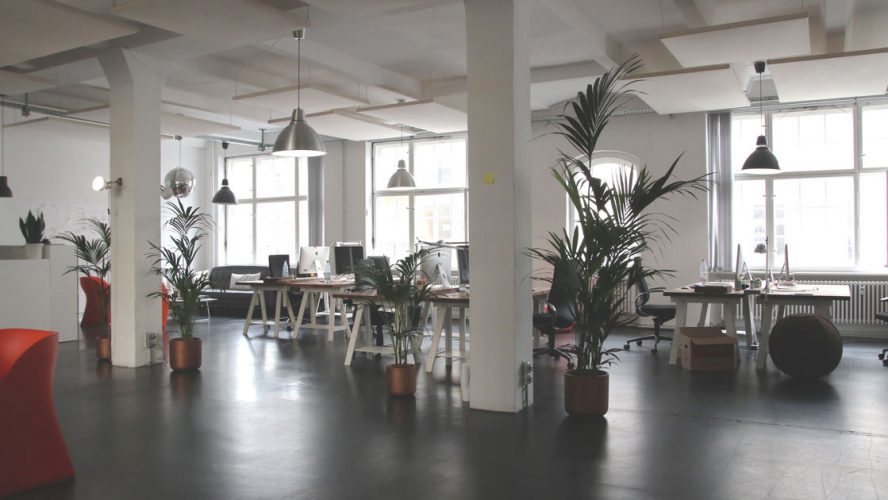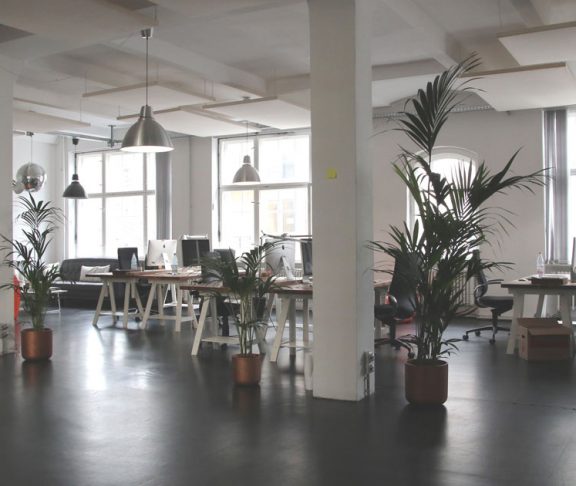
Richard Kauntze
CEO of the British Council for Offices
As working styles and technology are evolving, so too are offices. To be fit for the future, offices must become spaces focused on human interaction and flexibility.
Over the last 10 years or so, there has been much talk of the death of the traditional office as working styles and technology have evolved.
However, most people who do office-type work continue to do so from what most of us would still call an office. So, what’s going on?
We’re still in traditional-style offices
The reality of this evolution is that the workplace is becoming ever-more central to an organisation’s purpose, brand, way of working and means of driving productivity and success. Offices are changing, of course, but their centrality as the environment where employees come together to interact, socialise, share and generate ideas is increasingly important, often serving as the glue that holds an organisation together. Obviously, this also means innovation in office design is essential to maximise value from the space available, motivate employees and drive productivity.
The result is more emphasis on open plan, communal spaces, a multiplicity of working environments and room for collaboration.
The rise of the co-worker
The rise of the co-worker is another theme that is changing what is understood by an office environment. One of our own research studies estimates that over one million people will work in a co-working environment by 2018 which, coupled with space matchmaker apps, is revolutionising the way offices are accessed. The theme of ‘space on demand’ means providing as much space as is needed, where it’s wanted, when it’s wanted and, invariably, at an affordable price.
This means working spaces are becoming more and more akin to a service industry and moving away from a traditional property transaction of yesteryear.
Workplace wellness
Another trend shaping workplaces is the increasing emphasis on wellness and how the office environment can contribute to our health, sense of wellbeing and, if all the stars align, our productivity.
Gone are the days when you were sat at your desk, told what to do and expected to get on with it. Now, it is essential that the specific needs of employees are listened to such that an environment can be created that has an uplifting impact on employees all with the aim of enhancing productivity, boosting retention and, as a result, securing cost efficiencies.
While getting this right can be complex, some seemingly mundane factors such as comfort, lighting and temperature play their part in improving wellness in the office and a little thought in this area goes a long way to driving benefit for an employer.
Human contact
Whatever the exact future of the office, it is without question that the need for human contact to discuss and generate ideas will not diminish. In fact, it is likely that this need will define the workplace of the future with working environments becoming spaces focused on human interaction and flexibility above all else.

